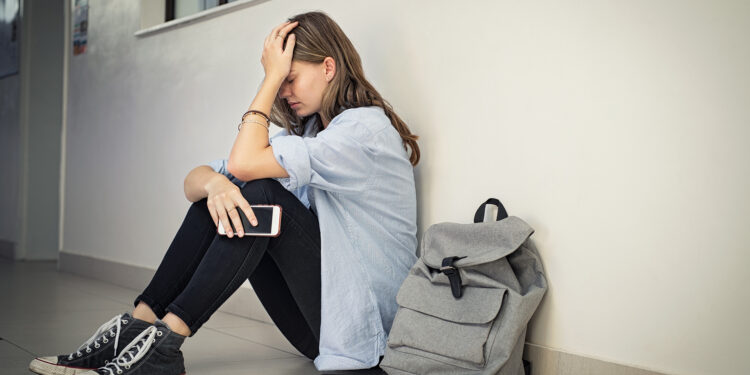Millions of Americans are at risk of seeing their credit scores downgraded as student loan defaults return a year after the coronavirus freeze ended.
According to a report released last month by the US Government Accountability Office, about 10 million borrowers were delinquent on loans as of the end of January, representing more than a quarter of all borrowers.
More than two-thirds of these borrowers were more than 3 months late, which typically means they are classified as seriously delinquent.
Until now, these borrowers have been protected from negative credit scores thanks to the Biden administration, which ordered a one-year freeze on delinquent loans from being reported on credit reports since repayments resumed after the pandemic. But when that protection expires in October, a significant number of borrowers are expected to fall into default.
Impact of default on credit
“We’ll be watching these numbers closely as delinquencies start to show up once the moratorium ends,” Liz Pagel, senior vice president at TransUnion Credit Reporting, told Bloomberg. The end of the moratorium will erode the creditworthiness of millions of American households at a time when the job market is slowing and higher interest rates are weighing on budgets.
The impact of low credit scores will make it harder for consumers to buy homes or cars, start businesses, or get loans to cushion the economic shock, according to Bloomberg.
Women, black Americans, and Latinos are likely to be disproportionately affected, as they carry a higher proportion of student debt. Americans in their 30s and 40s are also expected to be hardest hit.
Slow down in loan repayment
Bloomberg says it’s hard to say how many borrowers may have seen their credit scores deteriorate, but transfers from the U.S. Department of Education to the Treasury indicate a steady decline in loan repayments over the past year.
Last summer, when payments resumed, monthly remittances reached about $7 billion, the same level as before the pandemic.
Over the past month, that figure has fallen to $4.1 billion, the lowest level since 2014 excluding the freeze period.
Government programs to support borrowers
The drop in repayments doesn’t necessarily mean more borrowers are defaulting. Instead, many are taking advantage of new government programs that allow them to lower their payments, according to Bloomberg.
For example, about 8 million borrowers have enrolled in a plan that links payments to family size and income, allowing some to make zero or a fraction of their usual payments.
“Under this plan, payments would be zero or much lower than usual,” Adam Looney, a senior fellow at the Brookings Institution who specializes in student debt, told Bloomberg. That may partly explain why monthly payments are so low.
Despite government efforts, student loan defaults were much higher than other debts before the pandemic, and the Federal Reserve Bank of New York forecasts that defaults are expected to rise sharply in the coming months.
Although default reporting will resume in October, a full assessment of payment rates may not be possible until December at the earliest.



